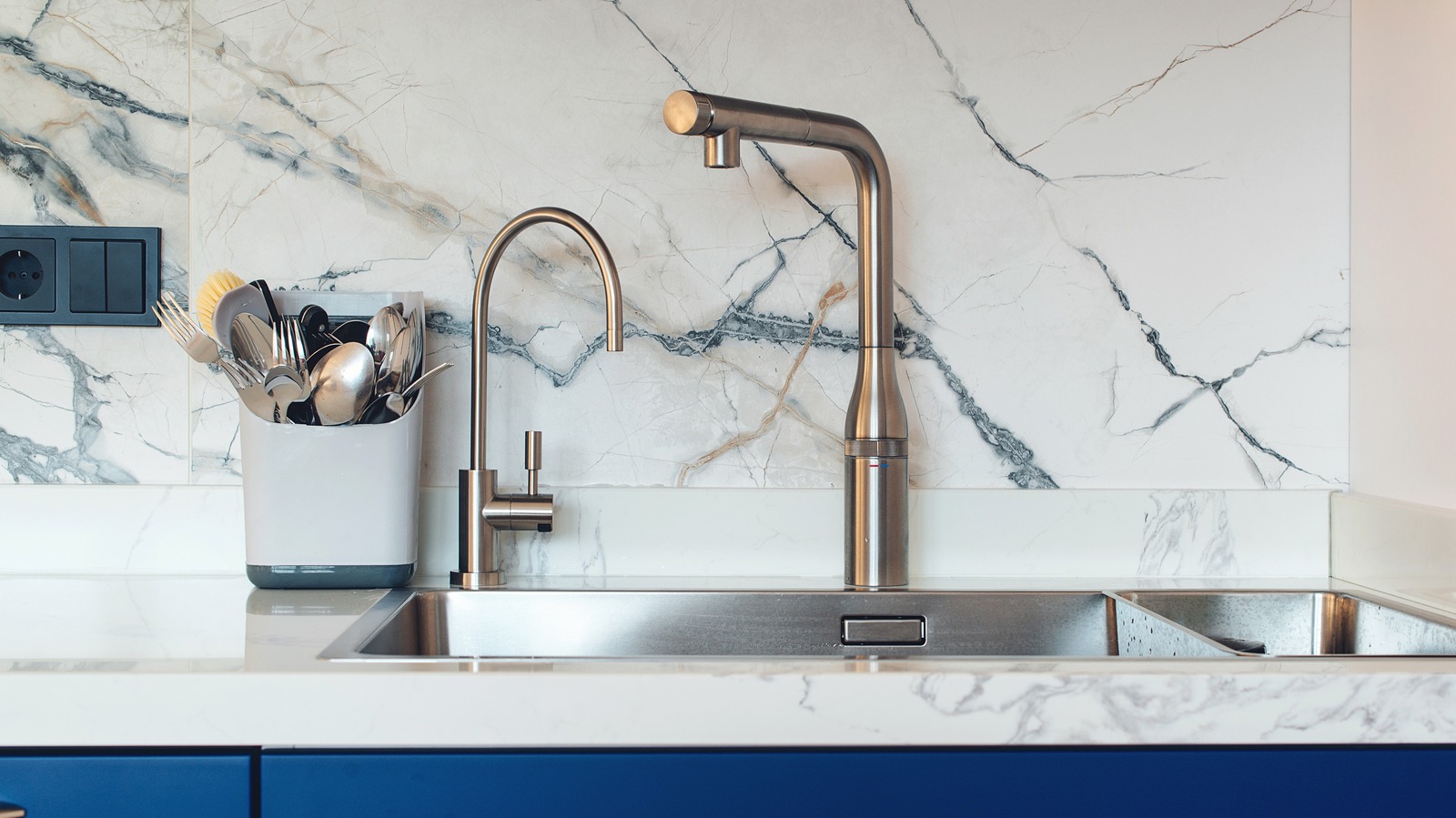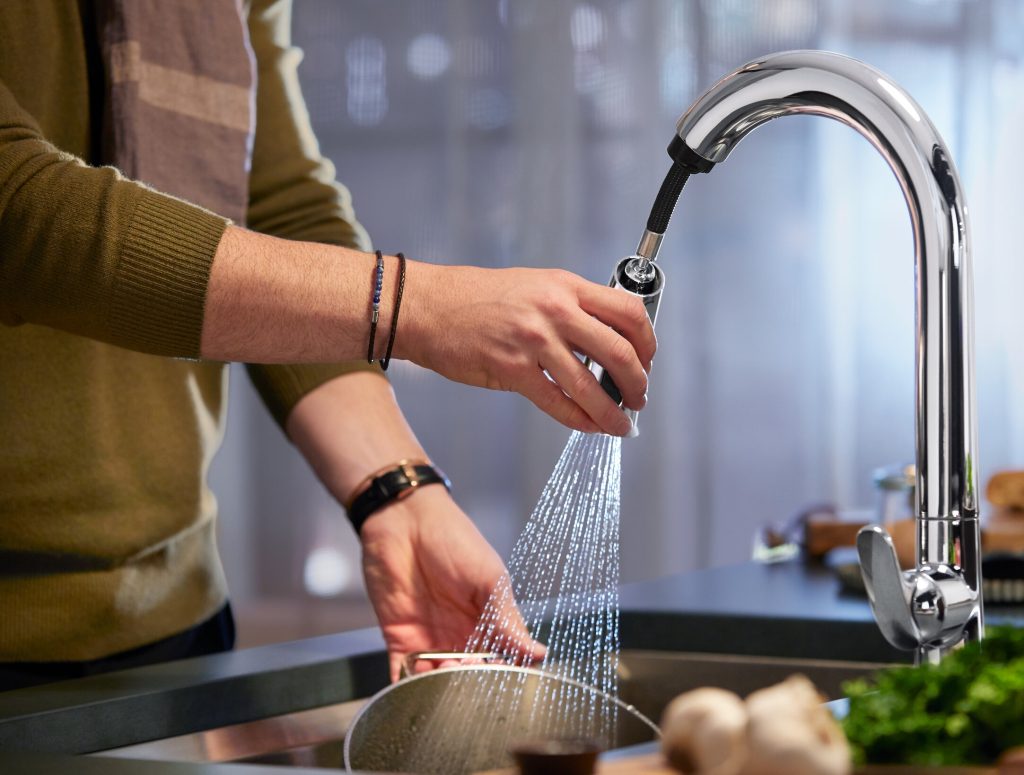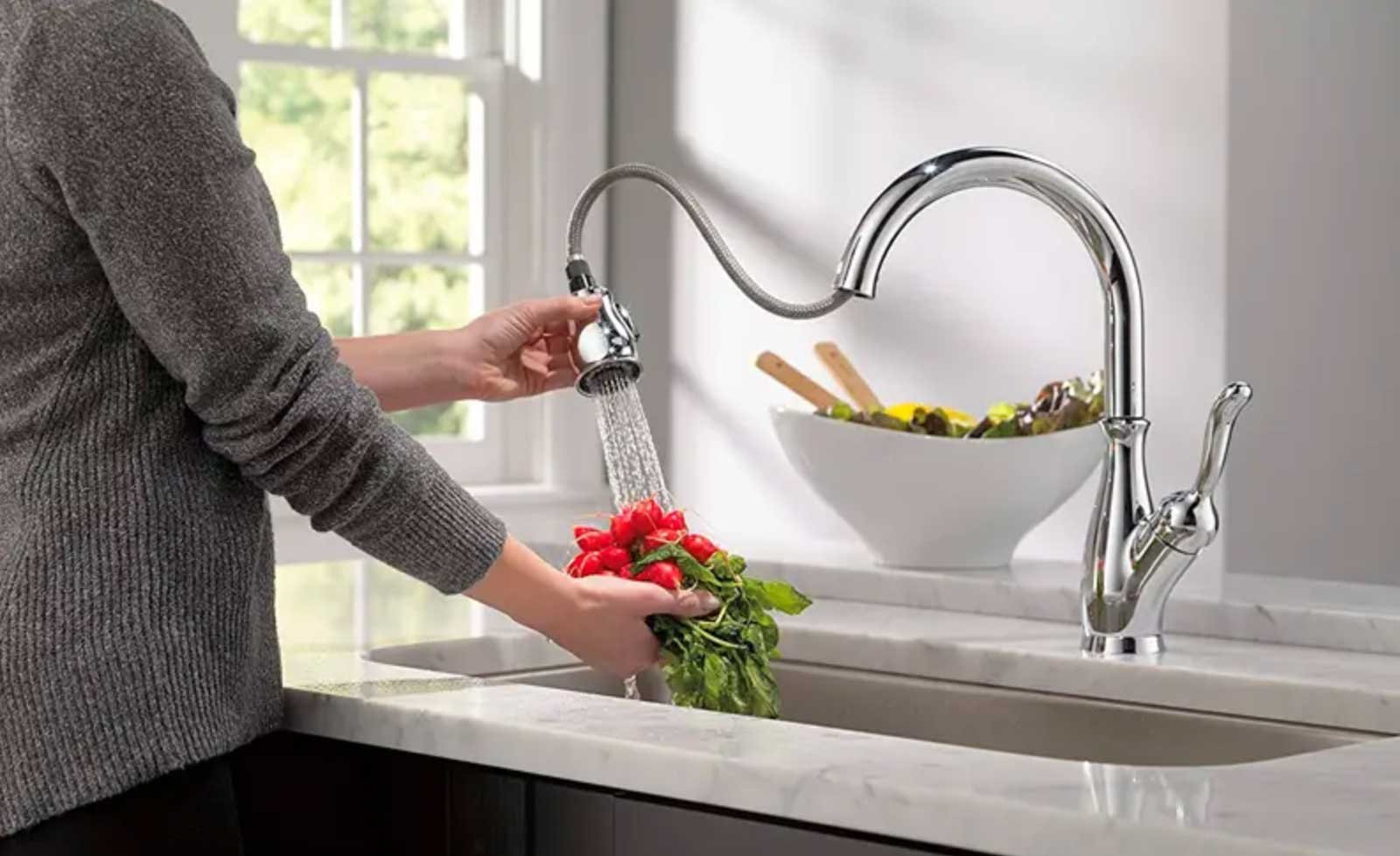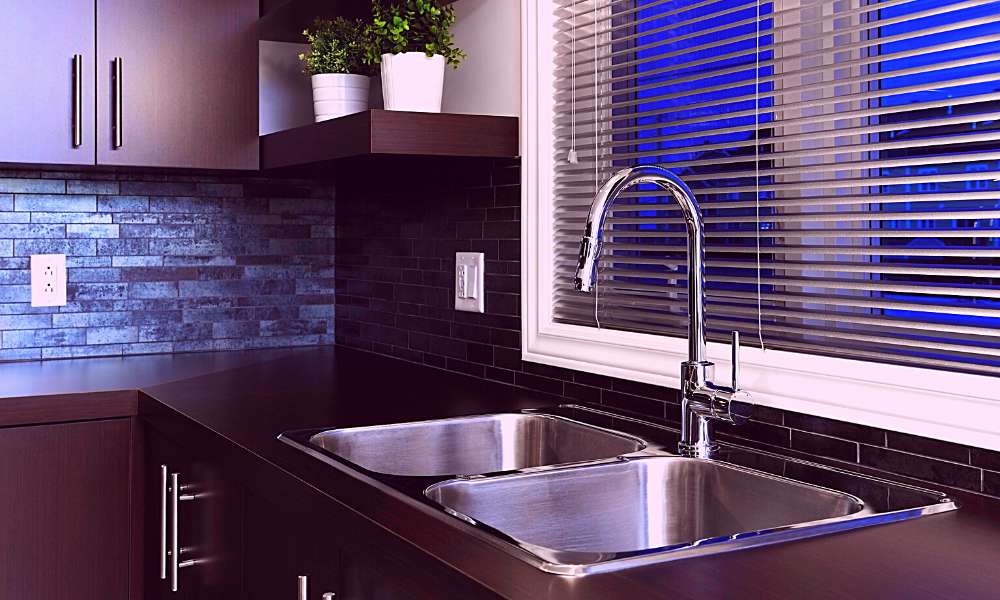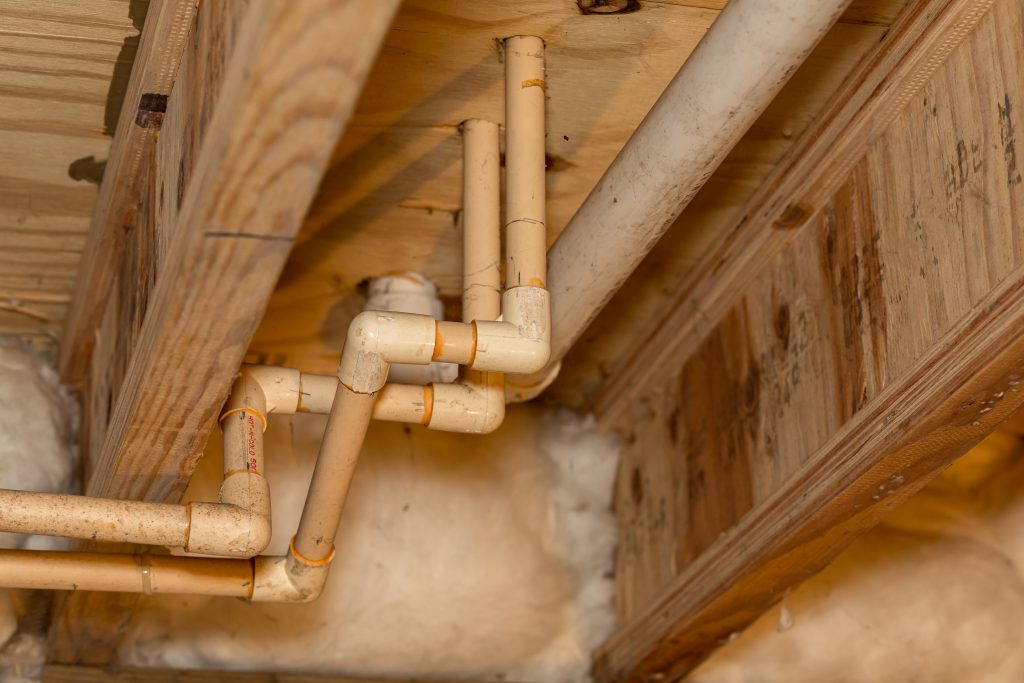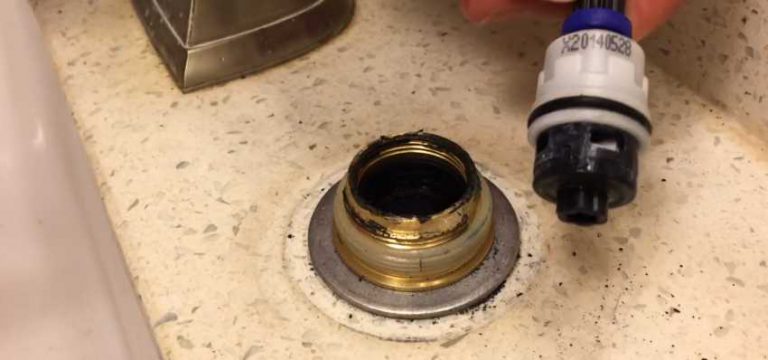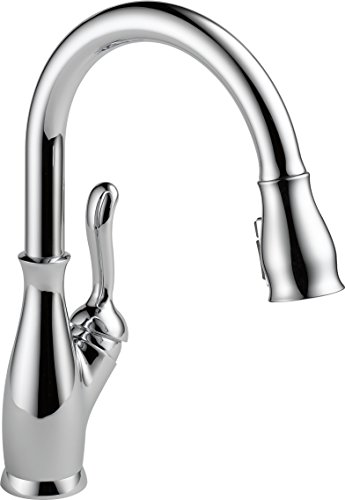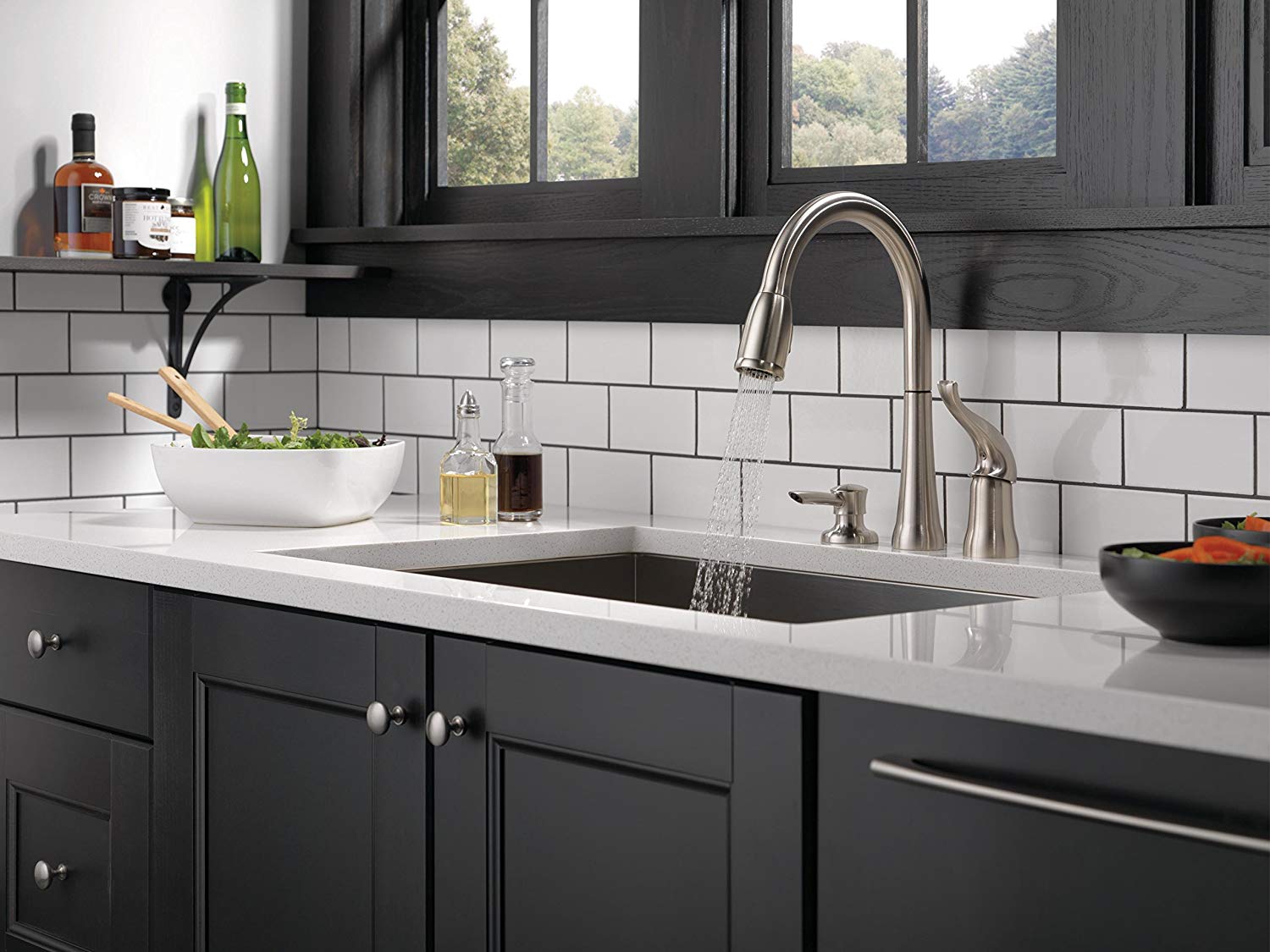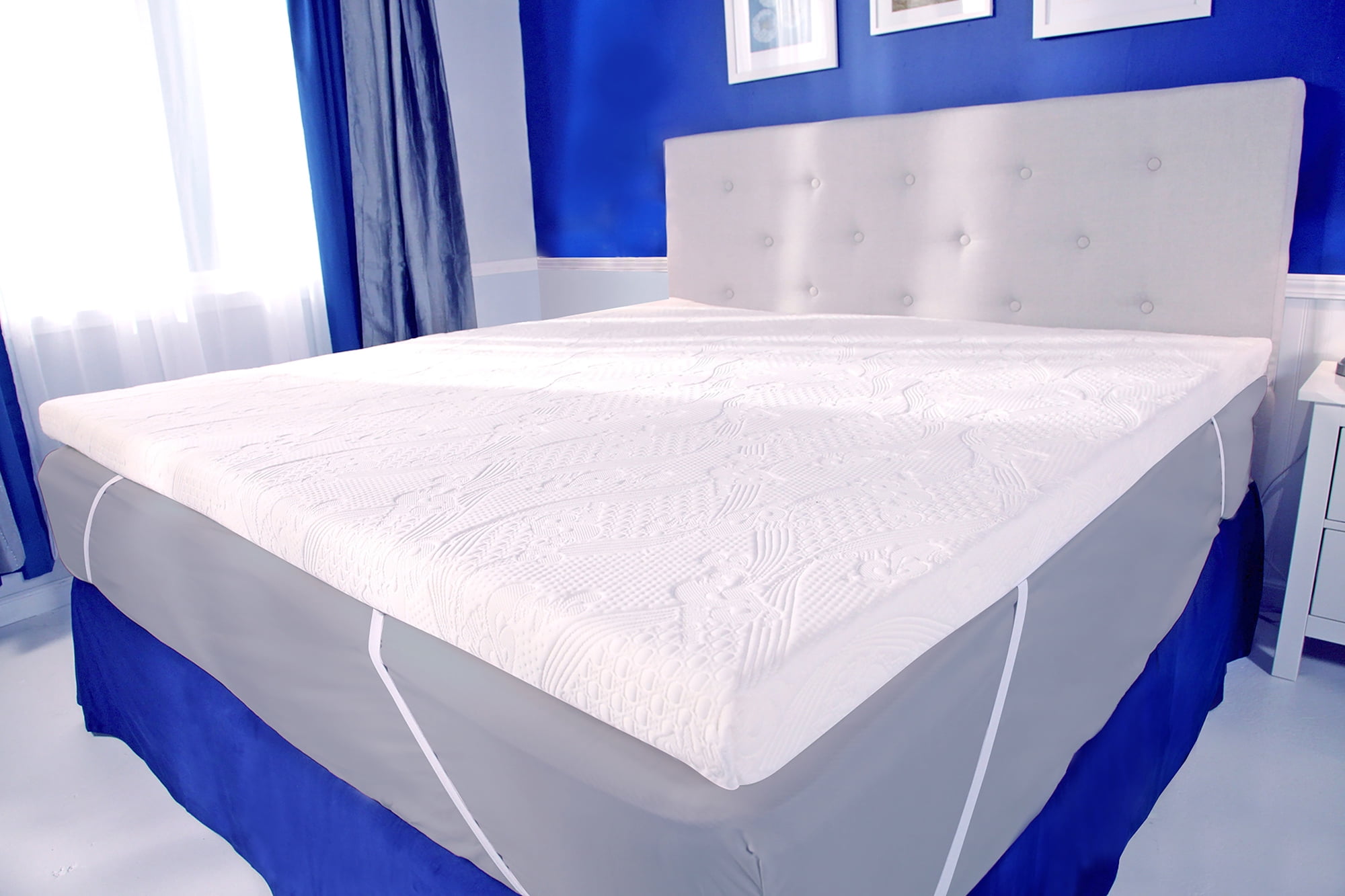The flow of water from your kitchen sink faucet is an important aspect of your daily routine. It affects how quickly you can wash dishes, fill pots for cooking, and even how long it takes to get a glass of water. So, if you're experiencing low water flow from your kitchen sink faucet, it can be frustrating and inconvenient. But don't worry, there are a few simple steps you can take to increase the faucet flow in your kitchen sink. First, check the aerator – the small mesh screen at the end of your faucet. It can become clogged with mineral deposits and debris, causing low flow. Simply unscrew it and clean it with a mixture of vinegar and water. If that doesn't work, you may need to replace the aerator altogether. Another common cause of low flow is a buildup of sediment in your pipes. This can easily be fixed by running hot water through the faucet for a few minutes to flush out any buildup. If these solutions don't work, you may have a more serious issue with your plumbing and should consult a professional.1. How to Increase Faucet Flow in Kitchen Sink
While there are ways to increase the flow of water from your current kitchen sink faucet, sometimes it's just not enough. In that case, it may be time to invest in a new faucet that is specifically designed for high water flow. When looking for a high flow kitchen sink faucet, there are a few key features to consider. Look for a faucet with a wide, open spout that allows for maximum water flow. You may also want to consider a faucet with a pull-down or pull-out spray head, as these tend to have higher flow rates than traditional faucets. Some top rated kitchen sink faucets for high water flow include the Moen Arbor High Arc Kitchen Faucet, the Delta Trinsic Single-Handle Pull-Down Kitchen Faucet, and the Kohler Simplice Kitchen Faucet. These faucets not only provide strong water flow, but they also have sleek designs and durable construction.2. Best Kitchen Sink Faucets for High Water Flow
If you're experiencing low flow from your kitchen sink faucet, it's important to troubleshoot the issue before jumping to conclusions and replacing the entire faucet. As mentioned before, the first step should be to check and clean the aerator. If that doesn't work, try checking the water shut-off valves under the sink to make sure they are fully open. Another potential cause of low flow is a blocked or kinked water supply line. These can be easily replaced if needed. Additionally, check for any leaks in the faucet or pipes that could be causing low flow. If you can't find the source of the issue, it may be time to call a plumber for further assistance.3. Troubleshooting Low Flow in Kitchen Sink Faucet
A slow flowing kitchen sink faucet can be a frustrating problem, but there are a few simple fixes that may solve the issue. As mentioned before, the first step should always be to check and clean the aerator. If that doesn't work, check the water supply valves and the water pressure in your home. If the pressure is low, it may be a problem with your water main or a clogged pipe. If none of these solutions work, it may be time to replace the faucet altogether. Over time, the internal parts of a faucet can wear out and cause low flow. In this case, it's best to invest in a new faucet rather than trying to repair the old one.4. How to Fix a Slow Flowing Kitchen Sink Faucet
When shopping for a new kitchen sink faucet, it's important to consider not only the design, but also the water flow. A strong water flow can make all the difference in your daily tasks, so it's worth investing in a faucet that provides high flow rates. Some top rated kitchen sink faucets with strong water flow include the Kohler Simplice Kitchen Faucet, the Delta Trinsic Single-Handle Pull-Down Kitchen Faucet, and the Moen Arbor High Arc Kitchen Faucet. These faucets not only provide high flow rates, but also have durable construction and sleek designs.5. Top Rated Kitchen Sink Faucets with Strong Water Flow
To ensure that your kitchen sink faucet maintains optimal flow, it's important to clean and maintain it regularly. This will not only help prevent low flow issues, but also keep your faucet looking shiny and new. To clean your faucet, use a mixture of vinegar and water to remove any mineral deposits or buildup. You can also use a mild soap and warm water to clean the exterior of the faucet. It's important to never use harsh chemicals or abrasive cleaners, as these can damage the finish of your faucet. Additionally, it's important to regularly check and clean the aerator to prevent clogs and maintain optimal flow. If you notice any leaks or other issues with your faucet, address them promptly to prevent further damage and maintain high water flow.6. How to Clean and Maintain Kitchen Sink Faucet for Optimal Flow
When it comes to choosing the right kitchen sink faucet for maximum water flow, there are a few important factors to consider. First, look for a faucet with a high flow rate, typically measured in gallons per minute (GPM). You may also want to consider a faucet with a pull-down or pull-out spray head, as these tend to have higher flow rates than traditional faucets. Additionally, make sure to choose a faucet with a wide, open spout that allows for maximum water flow. It's also important to consider the construction and durability of the faucet to ensure long-lasting high flow performance.7. Choosing the Right Kitchen Sink Faucet for Maximum Water Flow
Low water flow in kitchen sink faucets can be caused by a variety of factors. Some of the most common causes include a clogged aerator, sediment buildup in pipes, blocked or kinked water supply lines, and leaks in the faucet or pipes. It's important to troubleshoot and address these issues promptly to prevent further damage and maintain high water flow. Regular cleaning and maintenance can also help prevent low flow problems in the future.8. Common Causes of Low Water Flow in Kitchen Sink Faucets
If you're experiencing low water pressure from your kitchen sink faucet, there are a few simple steps you can take to increase it. First, check the aerator and clean or replace it if necessary. You can also try flushing out any sediment buildup in your pipes by running hot water for a few minutes. If these solutions don't work, you may need to adjust the water pressure at the main shut-off valve. If you're not comfortable doing this yourself, it's best to consult a professional plumber.9. How to Increase Water Pressure in Kitchen Sink Faucet
While high water flow is important, it's also essential to consider water efficiency when choosing a kitchen sink faucet. Luckily, there are many faucets on the market that provide both high flow rates and water efficiency. Some top rated kitchen sink faucets for high flow and water efficiency include the Delta Trinsic Single-Handle Pull-Down Kitchen Faucet, the Kohler Bellera Pull-Down Kitchen Faucet, and the Moen Arbor High Arc Kitchen Faucet. These faucets not only provide strong water flow, but also have features such as flow restrictors and aerators to conserve water. In conclusion, maintaining optimal flow from your kitchen sink faucet is essential for a smooth and efficient daily routine. By following these tips and choosing a faucet with high flow rates and water efficiency, you can ensure that your kitchen sink faucet is working at its best. And with regular cleaning and maintenance, you can prevent low flow issues and keep your faucet looking and functioning like new for years to come.10. Best Kitchen Sink Faucets for High Flow and Water Efficiency
Faucet Flow Kitchen Sink: The Perfect Addition to Your Stylish House Design
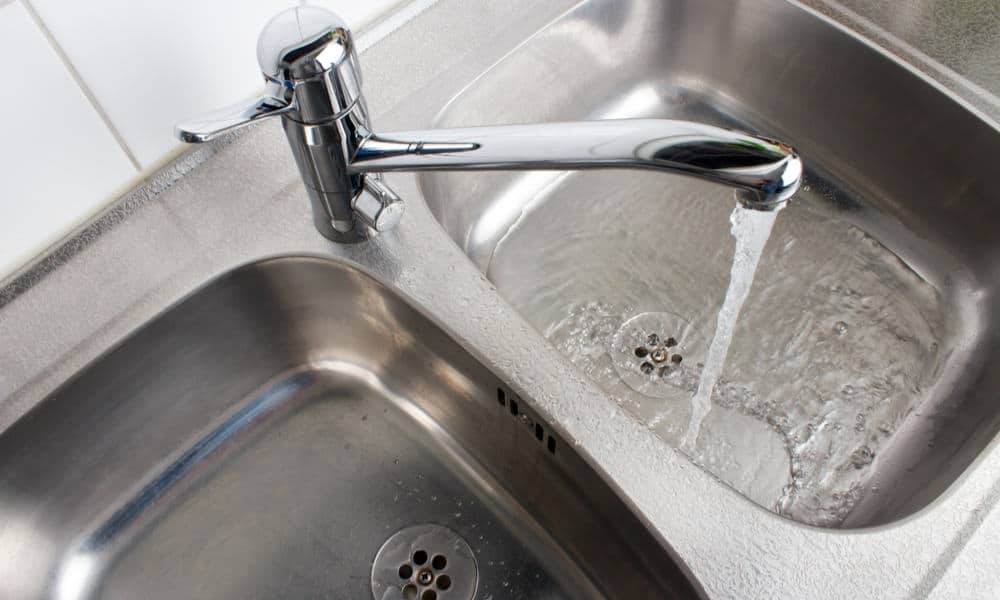
Upgrade Your Kitchen with a Modern and Functional Faucet Flow Kitchen Sink
 When it comes to designing your dream house, every detail matters. From the furniture to the color scheme, each element plays a crucial role in creating a cohesive and stylish look. One often overlooked aspect of house design is the kitchen sink - specifically, the faucet. However, with the rise of modern and functional kitchen designs, the faucet has become an essential element that can elevate the overall look and functionality of your kitchen. This is where the faucet flow kitchen sink comes in.
Faucet flow kitchen sink
is a term used to describe a kitchen sink with a built-in faucet, providing a sleek and seamless look. It eliminates the need for a separate faucet and sink, creating a more streamlined and modern design. But aside from its aesthetic appeal, a faucet flow kitchen sink also offers numerous benefits that make it a must-have in any house design.
When it comes to designing your dream house, every detail matters. From the furniture to the color scheme, each element plays a crucial role in creating a cohesive and stylish look. One often overlooked aspect of house design is the kitchen sink - specifically, the faucet. However, with the rise of modern and functional kitchen designs, the faucet has become an essential element that can elevate the overall look and functionality of your kitchen. This is where the faucet flow kitchen sink comes in.
Faucet flow kitchen sink
is a term used to describe a kitchen sink with a built-in faucet, providing a sleek and seamless look. It eliminates the need for a separate faucet and sink, creating a more streamlined and modern design. But aside from its aesthetic appeal, a faucet flow kitchen sink also offers numerous benefits that make it a must-have in any house design.
Efficient and Space-Saving Design
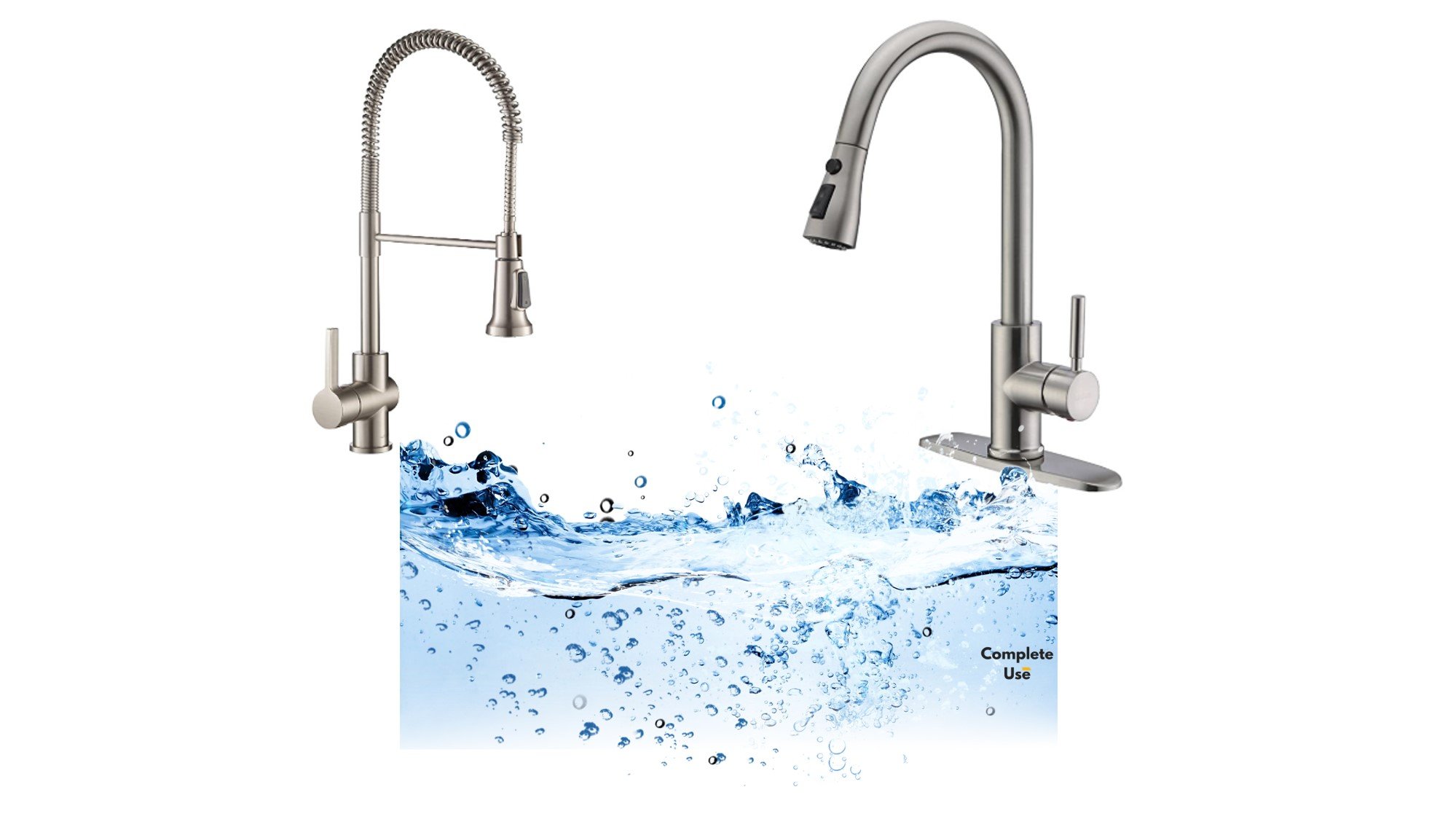 One of the main advantages of a faucet flow kitchen sink is its efficiency and space-saving design. With a built-in faucet, it eliminates the need for a separate faucet, freeing up valuable countertop space. This makes it perfect for small or minimalist kitchens where space is at a premium. Additionally, the faucet flow design allows for easier cleaning and maintenance, as there are no hard-to-reach areas where dirt and grime can accumulate.
Kitchen sink
with faucet flow also offers a more streamlined and organized look, making your kitchen appear more spacious and clutter-free. This is especially beneficial for open-concept kitchen designs, where the kitchen is connected to the living or dining area. With a faucet flow kitchen sink, the transition between the kitchen and living spaces is seamless, creating a cohesive and stylish look.
One of the main advantages of a faucet flow kitchen sink is its efficiency and space-saving design. With a built-in faucet, it eliminates the need for a separate faucet, freeing up valuable countertop space. This makes it perfect for small or minimalist kitchens where space is at a premium. Additionally, the faucet flow design allows for easier cleaning and maintenance, as there are no hard-to-reach areas where dirt and grime can accumulate.
Kitchen sink
with faucet flow also offers a more streamlined and organized look, making your kitchen appear more spacious and clutter-free. This is especially beneficial for open-concept kitchen designs, where the kitchen is connected to the living or dining area. With a faucet flow kitchen sink, the transition between the kitchen and living spaces is seamless, creating a cohesive and stylish look.
Functionality and Convenience
 Aside from its space-saving capabilities, a faucet flow kitchen sink also offers functional and convenient features. Most faucet flow kitchen sinks come with a pull-down or pull-out sprayer, making it easier to wash larger pots and pans. Some models also come with touchless technology, allowing you to turn on the faucet with a simple wave of your hand. This is not only convenient but also more hygienic, as it reduces the spread of germs and bacteria.
Kitchen faucet
with a built-in sprayer also offers a more targeted and precise water flow, making tasks like washing dishes and food preparation more efficient. Plus, with its sleek and modern design, a faucet flow kitchen sink can easily become the focal point of your kitchen, adding a touch of elegance and sophistication to the overall design.
In conclusion, a
faucet flow kitchen sink
is a practical and stylish addition to any house design. Its space-saving design, functionality, and convenience make it a must-have in modern kitchens. So if you're looking to upgrade your kitchen and add a touch of sophistication, consider investing in a
faucet flow kitchen sink
. It's the perfect combination of style and functionality that will elevate your house design to the next level.
Aside from its space-saving capabilities, a faucet flow kitchen sink also offers functional and convenient features. Most faucet flow kitchen sinks come with a pull-down or pull-out sprayer, making it easier to wash larger pots and pans. Some models also come with touchless technology, allowing you to turn on the faucet with a simple wave of your hand. This is not only convenient but also more hygienic, as it reduces the spread of germs and bacteria.
Kitchen faucet
with a built-in sprayer also offers a more targeted and precise water flow, making tasks like washing dishes and food preparation more efficient. Plus, with its sleek and modern design, a faucet flow kitchen sink can easily become the focal point of your kitchen, adding a touch of elegance and sophistication to the overall design.
In conclusion, a
faucet flow kitchen sink
is a practical and stylish addition to any house design. Its space-saving design, functionality, and convenience make it a must-have in modern kitchens. So if you're looking to upgrade your kitchen and add a touch of sophistication, consider investing in a
faucet flow kitchen sink
. It's the perfect combination of style and functionality that will elevate your house design to the next level.

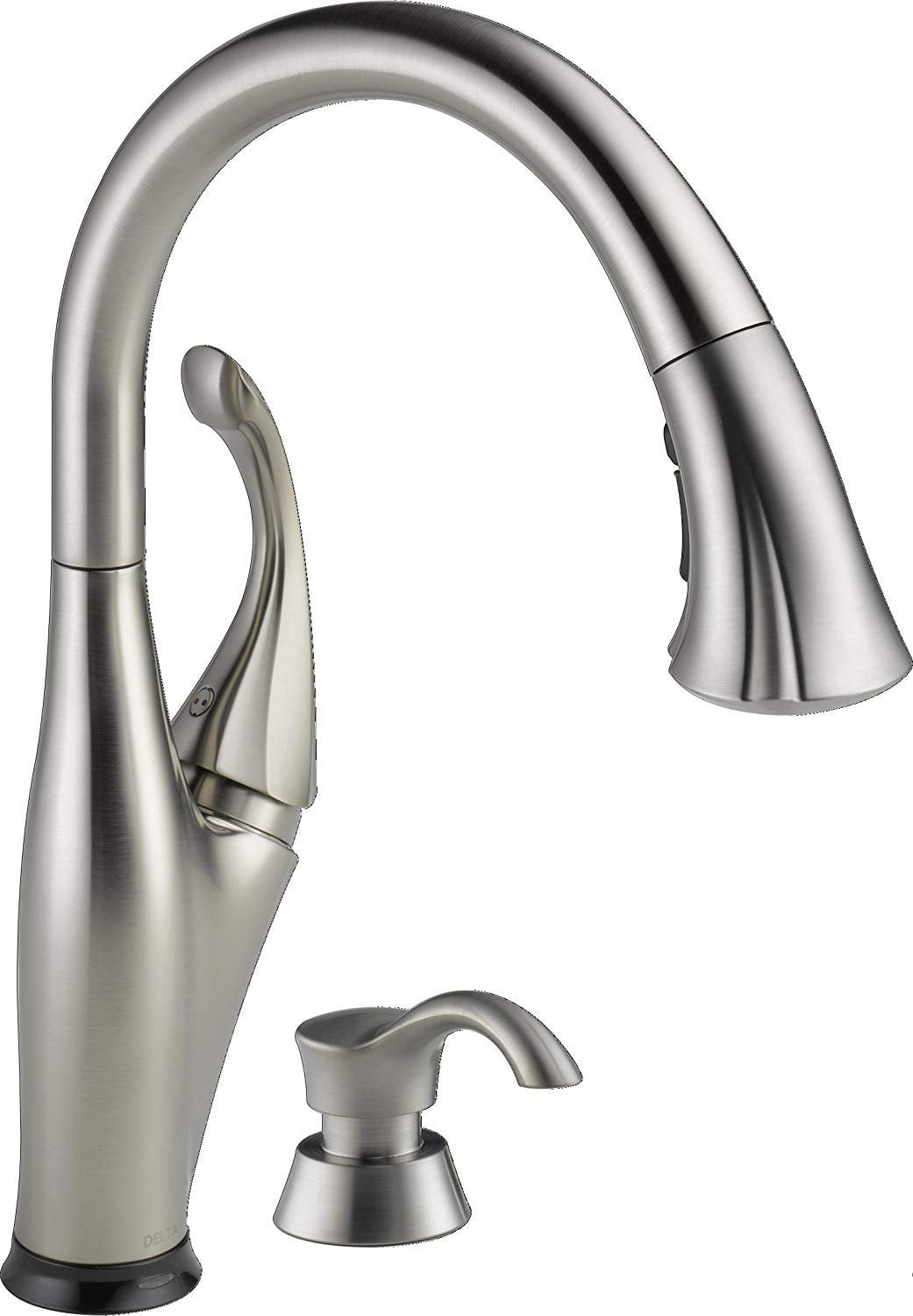


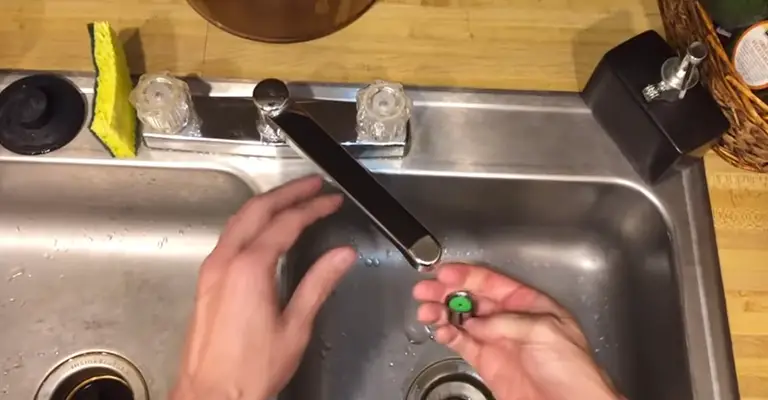






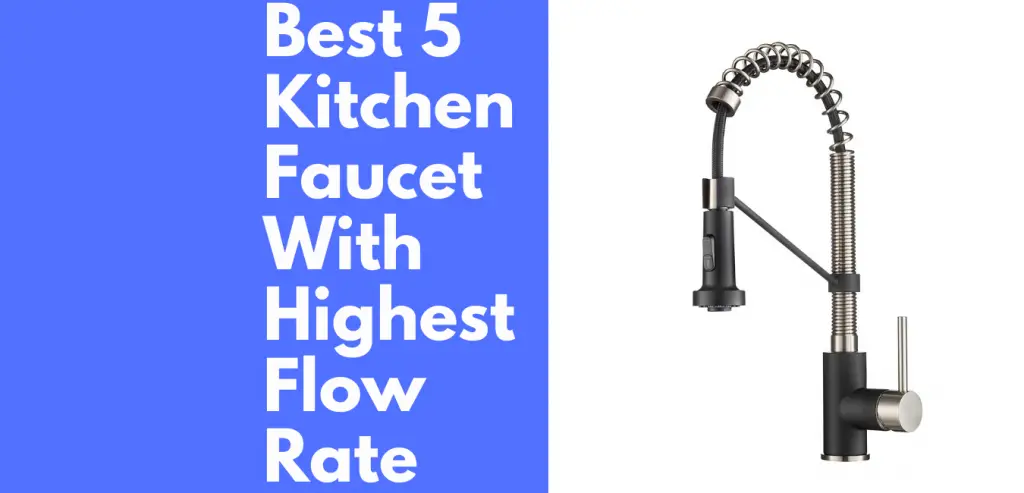








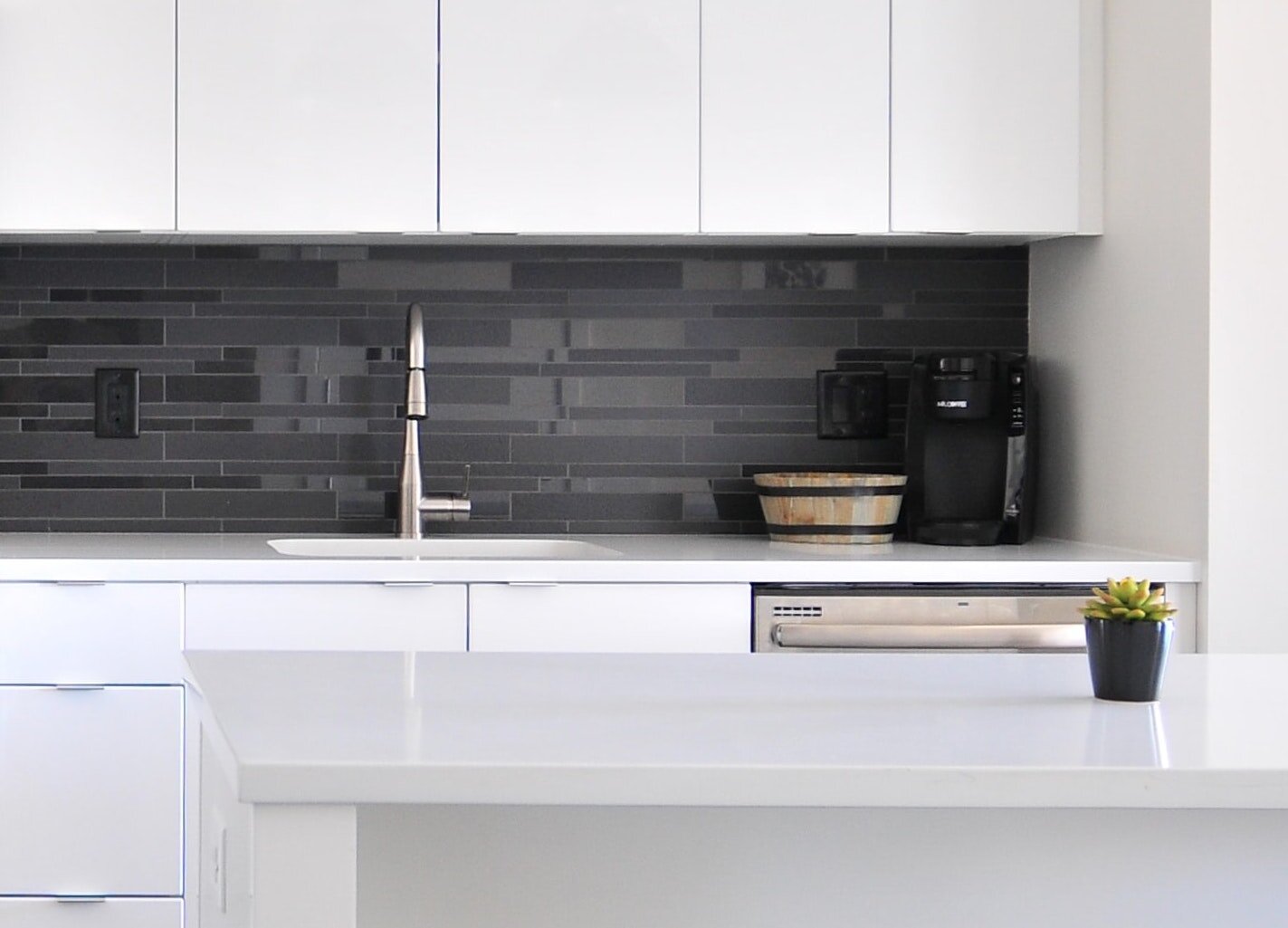
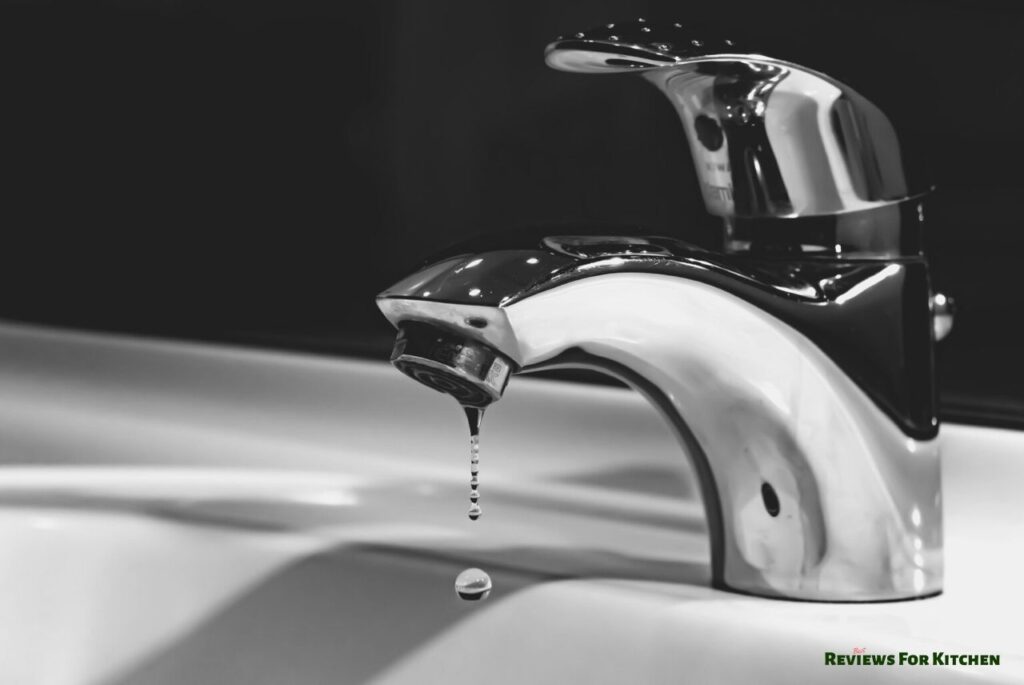




:max_bytes(150000):strip_icc()/51Z56Bb2TfL._AC_SL1001_-6d707f3f9edb4c90bf66aab957bf49c1.jpg)





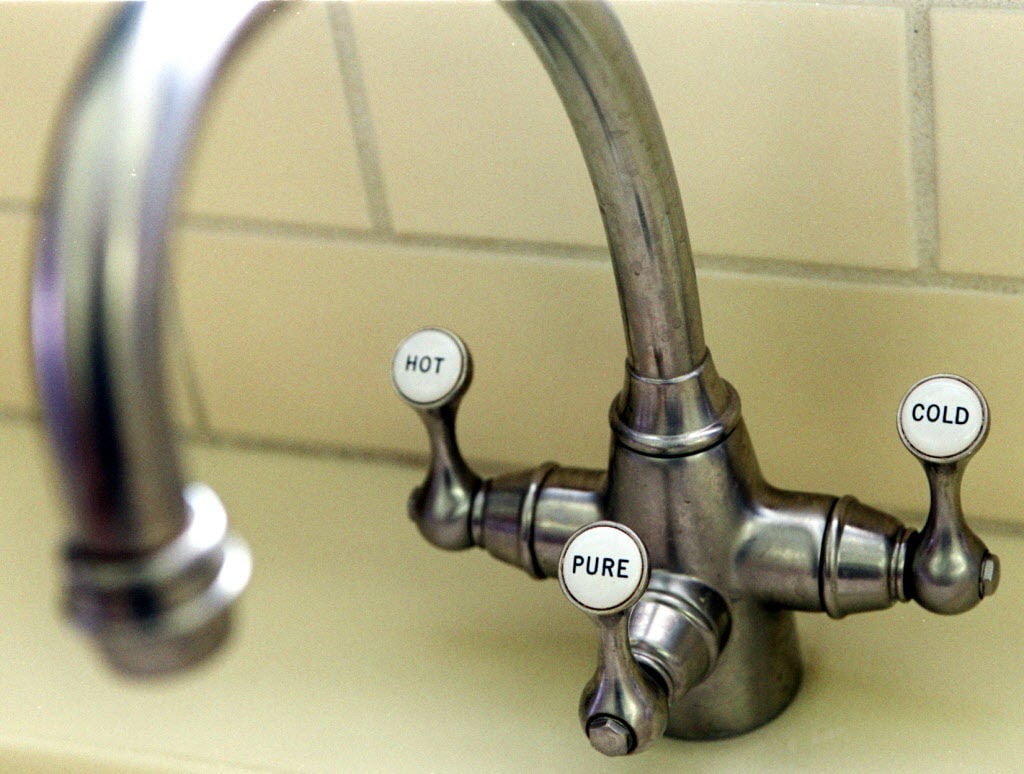








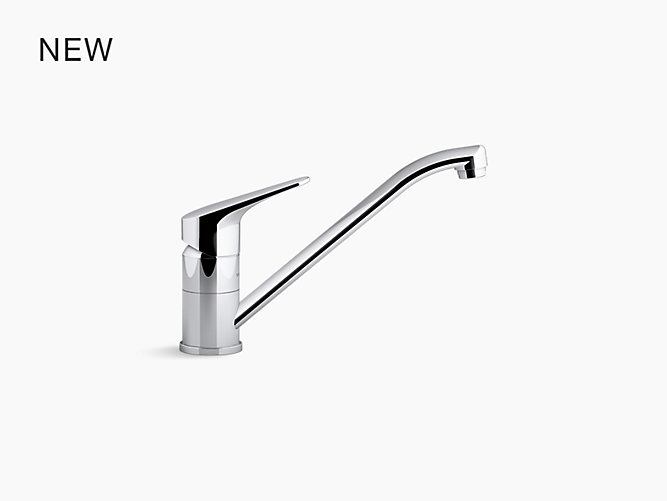


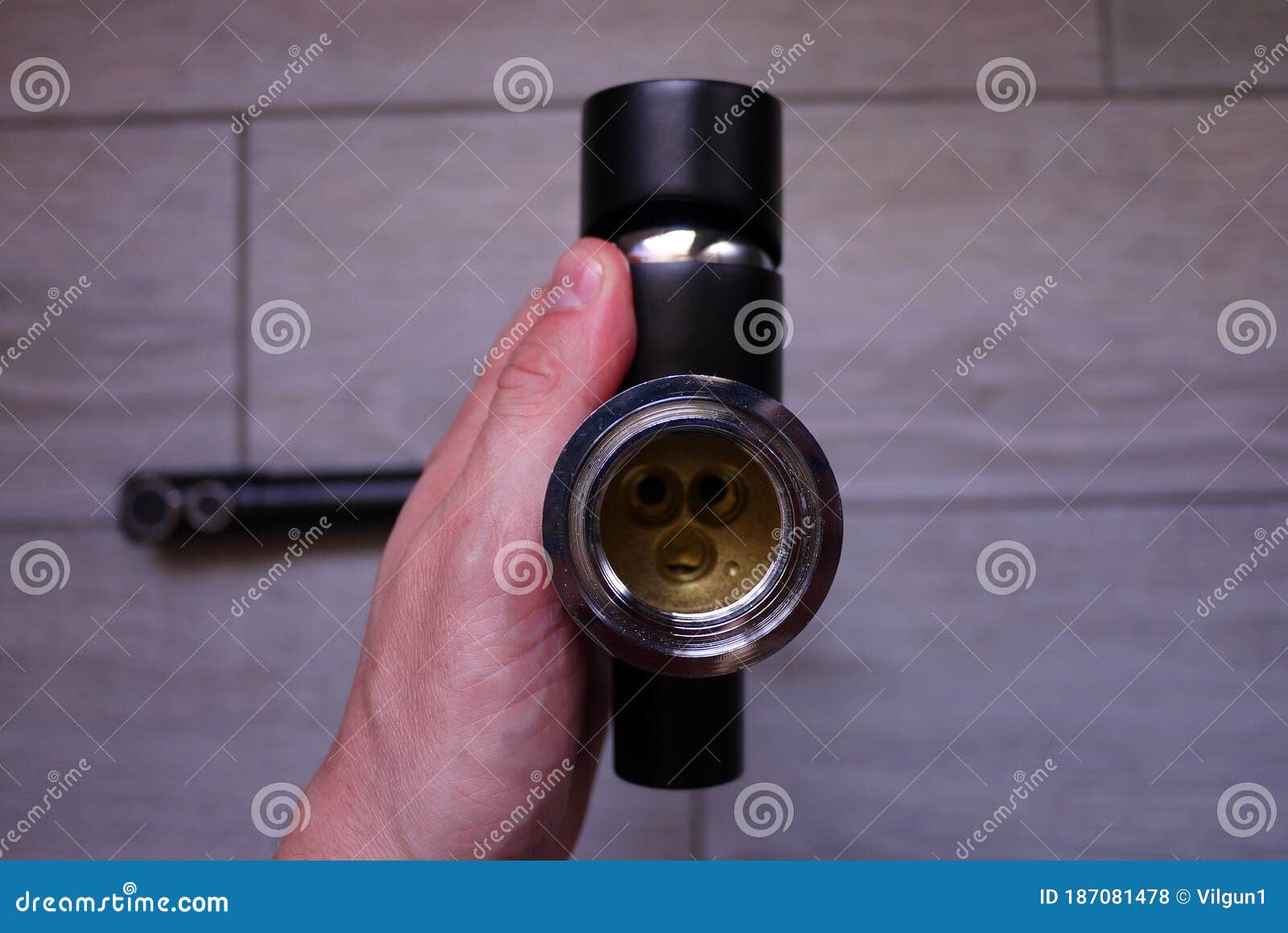

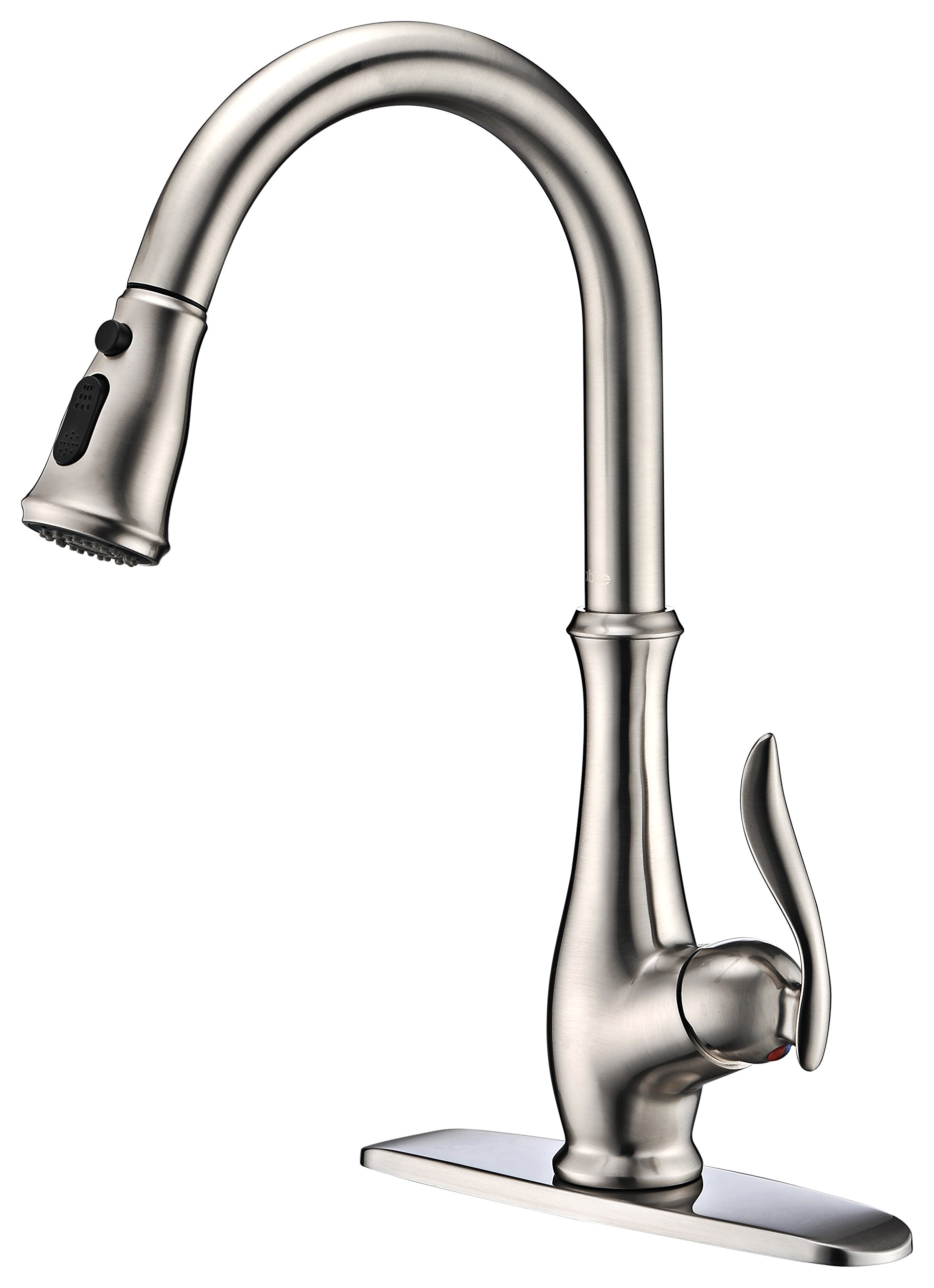















/header-16x19-image-640w-853h.jpg)


